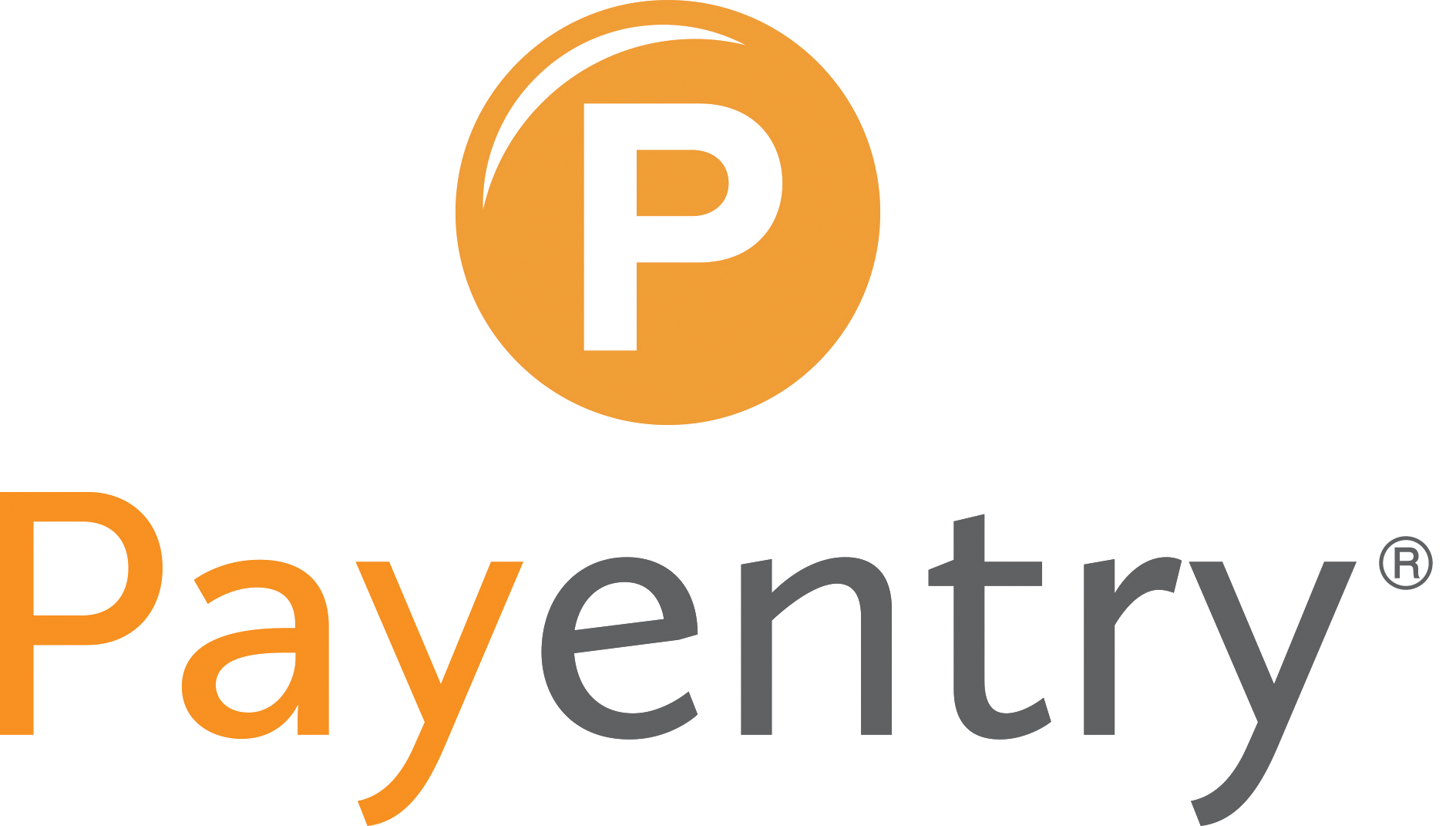
Simple Ways Leaders Can Show Gratitude
Gratitude is a powerful leadership tool. When employees feel genuinely appreciated, they are more engaged, motivated, and loyal to their organizations. In fact, studies show that recognition and gratitude are among the top drivers of employee satisfaction, often ranking higher than pay alone.
Expressing gratitude doesn’t have to be elaborate or expensive. Here are some simple, meaningful ways leaders can show appreciation in the workplace.
Say It Out Loud (and Often)
Sometimes the most impactful gesture is also the simplest. A sincere acknowledgement and saying “Thank you,” whether in a one-on-one conversation or during a team meeting, goes a long way. Be specific about what you’re grateful for. For example, instead of just saying “Great job,” expand and validate the compliment such as, “I really appreciate how you prioritized the client presentation and completed it early. It made a big difference.”
Put It in Writing
Handwritten notes may feel old-fashioned, but that’s exactly why they’re effective. Taking the time to write a personal message shows effort and thoughtfulness. Even a short note tucked on a desk, or sent in the mail for remote workers, can brighten someone’s day.
Celebrate Wins Publicly
Public recognition amplifies gratitude. Shouting out team members during company meetings, posting appreciation on internal channels, and spotlighting employees in newsletters and social network channels shows that their contributions are valued at every level of the organization.
Encourage Peer-to-Peer Gratitude
Gratitude shouldn’t just flow top-down. Create opportunities for employees to thank each other through programs like a “kudos board,” shoutouts in team meetings, or creating recognition chat rooms such as with Microsoft Teams. Peer recognition helps strengthen team bonds and builds a culture where appreciation is shared freely.
Give the Gift of Time
Not all recognition needs to be verbal. Offering flexibility, such as an early release before a holiday weekend or an extended lunch break after a big project, shows gratitude through action. These small gestures communicate, “We see your effort, and we value your well-being.”
Personalize Recognition
Different people feel appreciated in different ways. Some may love public praise, while others prefer a quiet thank-you. Take the time to learn how each employee likes to be recognized and tailor your approach. Personalization makes gratitude more authentic.
Tie Gratitude to Growth
Another powerful way to express appreciation is by investing in your employees’ development. Offering opportunities for training, mentorship, or career advancement shows gratitude for their contributions while supporting their future success.
Leadership and gratitude go hand in hand. By making gratitude a daily habit, leaders can foster stronger relationships, build trust, and create a more positive workplace culture.
At Payentry, we believe gratitude is more than a gesture, it’s a strategy. And when employees feel valued, everyone wins.
Let’s Talk. Our personnel management professionals provide expert support in payroll, workforce management, human resources, benefits administration, and retirement planning services.
For the latest updates, to view our webinars, and listen to our podcasts, visit and follow us on LinkedIn, Facebook, X, Instagram, YouTube and Spotify.
Learn more about how we can help you achieve your goals, address challenges, and resolve issues with speed and precision by conveniently scheduling an appointment with our team. And to speak directly with an experienced payroll professional, please contact us at 888.632.2940 or simply Click Here and Let’s Talk.
* MPAY LLC dba Payentry (Company), is not a law firm. This article is intended for informational purposes only and should not be relied upon in reaching a conclusion in a particular area of law. Applicability of the legal principles discussed may differ substantially in individual situations. Receipt of this or any other Company materials does not create an attorney-client relationship. The Company is not responsible for any inadvertent errors that may occur in the publishing process.

